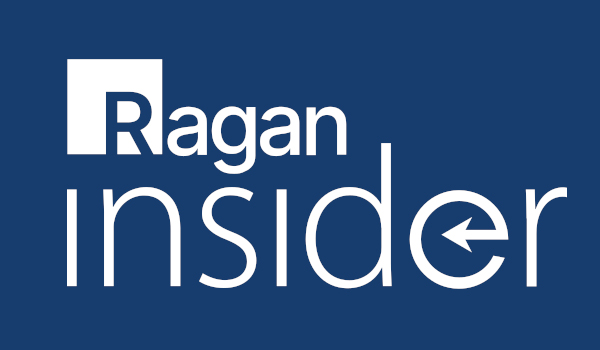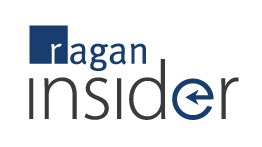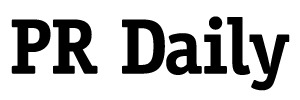Why PR pros must align earned and paid media during crises
When a firestorm hits your organization or client, communicators can negate further damage by working with marketing and advertising teams to pause campaigns.

The situation might be familiar and usually follows a panicked late-night phone call from your client.
Regardless of the catalyst, those that comprise both the client-side and agency-side of PR teams are responsible for taking the lead in managing an emerging crisis or preventing an issue from becoming a full-blown crisis.
Depending on the scenario, there are multiple paths a communications team might take: issuing a statement but declining inbound requests for interviews; working to influence the narrative by way of an exclusive interview with a friendly and trusted reporter; full transparency and interviews with multiple press outlets over time.
Most of influence and molding of a crisis’ narrative happens within the PR function. Think of an oil company attempting to rebrand itself as “green” after a high profile environmental mishap or a restaurant chain trying to restore confidence in its food and its brand after a string of food-borne illnesses.
During a crisis, PR becomes a focal point, and an earned media strategy helps in influencing journalists.
However, if the paid media strategy is not adjusted to work during a crisis, your organization or client could make a major gaffe to further tarnish the brand’s reputation.
Become a Ragan Insider member to read this article and all other archived content.
Sign up today
Already a member? Log in here.
Learn more about Ragan Insider.


